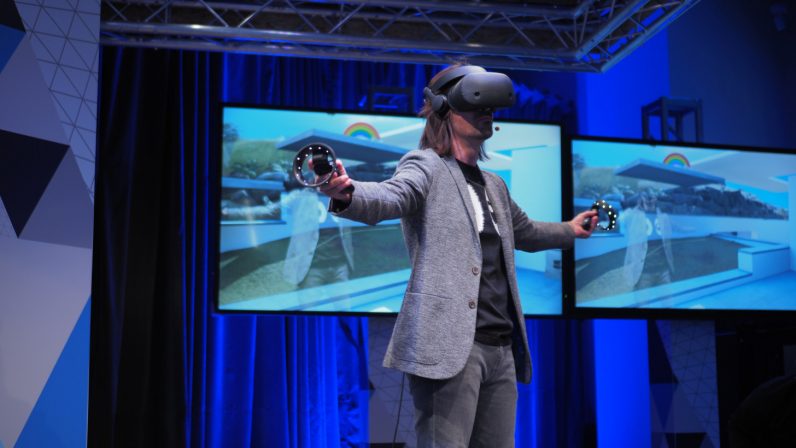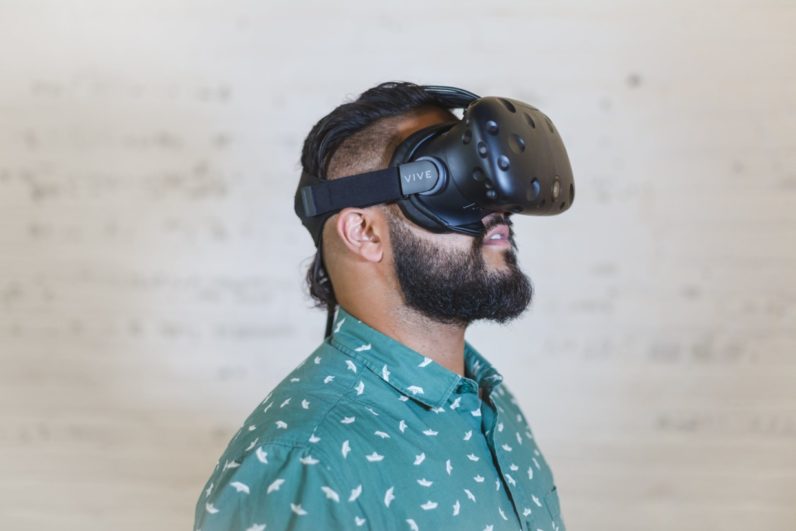
For years, we’ve been teased with the promise of a technological revolution, with the onset of virtual reality (VR). Oculus Rift was released in March of 2016, with demos portraying the technology as being incredibly powerful, immersive, and to some users, life-changing. But sales were underwhelming.

Even today, though sales are steadily improving, the total number of VR headsets is failing to meet the sky-high user expectations that led up to their debut. Part of this is due to excessive hype, built up by VR companies trying to sell more products and reinforced by the cultural expectations we’ve set for VR, based on fictional depictions of the technology in decades past.
But a bigger part of the problem is the sheer cost associated with VR. At its debut, the Oculus Rift itself cost $599, and many customers also needed to purchase a PC that could meet the minimum hardware requirements, which can cost $1,200 or more.
Now, Oculus and other companies are attempting to close the gap by introducing less expensive models and reducing the cost of ownership for VR devices. But will this shift toward less expensive equipment be enough to kick-start consumer interest, and bring us to the VR-centric reality we’ve been promised?
The current state of VR
Let’s take a look at the current state of VR, and some of the new brands and products that have emerged to capitalize on the budget market (and second-wave adopters).

The Oculus Go is one device designed to target consumers who have been reluctant to invest in VR because of the price. First revealed in 2017, the Oculus Go is a standalone headset device that doesn’t require a smartphone to be used—nor does it require a bulky computer setup.
Instead, for just $199, users can have a fully immersed VR experience. As you might imagine, the Oculus Go experience won’t be as high-quality as the full Oculus Rift experience, but it should be enough to win over some new users.
The Oculus Rift, for its part, is getting cheaper as well; a headset these days will set you back $399. For this, you’ll still need a sophisticated computer, however, and due to the high price of GPUs, it’s no longer cost-efficient to build your own PC from scratch. You can still expect to pay $1,000 or more for a high-quality gaming PC, though it’s possible to find options for $750 if you don’t mind a budget model. That’s still $1,150 out the door for a full VR setup, however, which is more than many consumers are willing to pay.
Oculus isn’t the only name in VR, of course. Google’s smartphone-based Daydream is already going for around $50, though any VR experienced powered by a smartphone is going to be less immersive and detailed than one powered by a gaming PC.
There are also dozens of budget models for smartphone-based experiences from third-party providers, though quality is mixed, and probably wouldn’t win over a VR skeptic to the technology.
Then there are options like PlayStation VR, which makes use of the PS4 console to give users a high-quality VR experience—though game selection is more limited than it is with a PC and Oculus Rift.
The other issues with VR

Price is one of the biggest issues critics have found with modern VR, but there are other factors keeping the tech from taking off.
For example:
1. Lack of killer content. There isn’t any core content that makes people want to rush out and buy a VR unit. Game consoles often launch with one or two must-have games that draw consumers to the main product, but there aren’t any standout VR titles that have justified a $1,000+ investment. Some piece of content needs to bridge the gap between low-expectation users and the technology.
2. Gaming alignment. Do you have any friends who dislike video games but are obsessed with VR? Probably not. While VR has uses beyond gaming, the general public has a strong association with VR as a piece of gaming technology. There are millions of gamers to market VR to, but VR developers are hoping to reach a wider audience. Because they haven’t been able to shed the gaming-specific association yet, an entire segment of the public is practically unreachable right now.
3. VR sickness. VR developers also haven’t solved the problem of VR sickness, the motion sickness-like state of nausea that occurs in many users when engaging in a VR world. While many people can engage in VR endlessly without an issue, many others report unpleasant feelings when using VR. It’s certainly not a selling point.
4. Usability. Today’s smartphone-based VR headsets are lightweight and portable, but the fully-featured headset units are usually wired, clunky, uncomfortable, and not very portable. This lack of usability makes them less appealing to many.
Is price enough?
So far, lower prices have been enough to stimulate more consumer interest. According to Canalys Research analyst Vincent Thielke, “VR adoption in the consumer segment is highly dependent on price, and Oculus’ strategy of lowering prices has definitely helped drive adoption.”
Cumulatively, by the fourth quarter of 2017, more than 1 million VR headsets had been sold across brands—a figure few would have expected, given the clunky, underwhelming start that most brands saw.
VR adoption is definitely growing, but consumer interest remains an issue, and for more complicated, hard-to-fix reasons than price. Getting lower-priced models to market may be beneficial in kick-starting both sales and consumer interest, but it isn’t enough to foster widespread adoption. For that, VR companies will have to dig a bit deeper.
Get the TNW newsletter
Get the most important tech news in your inbox each week.





